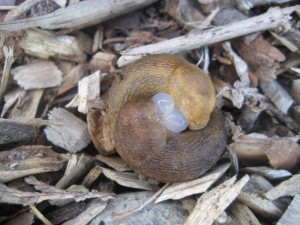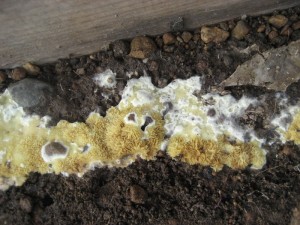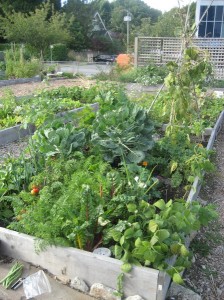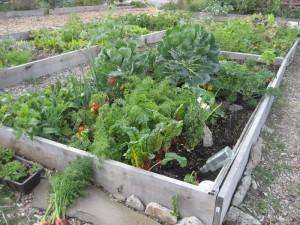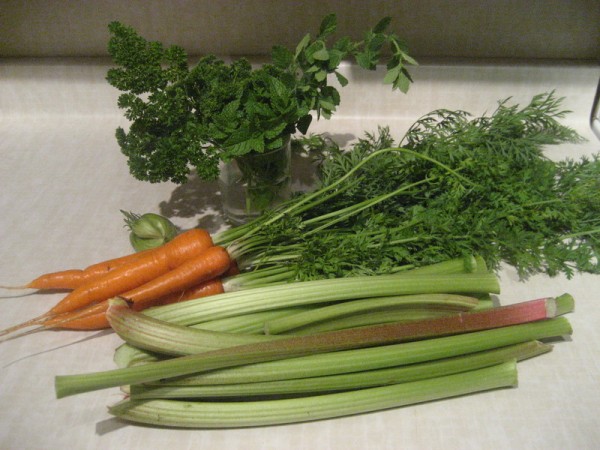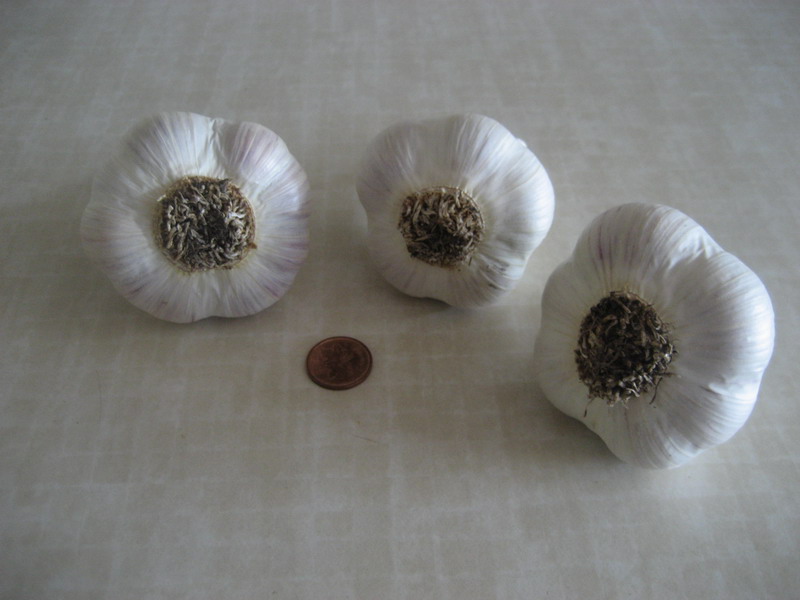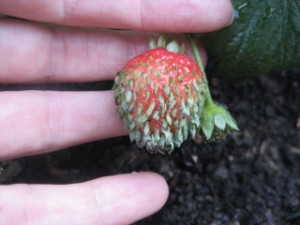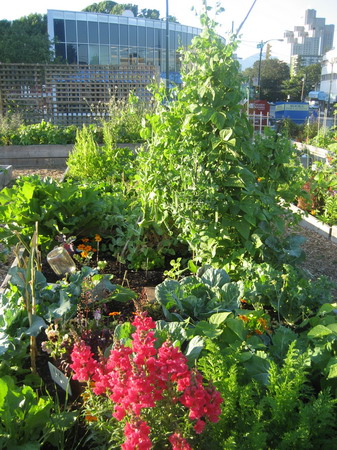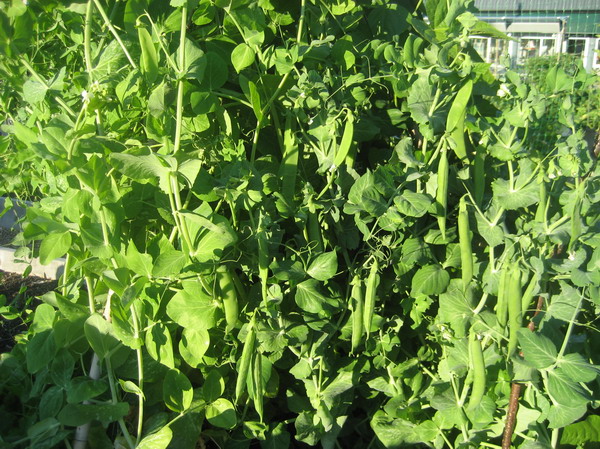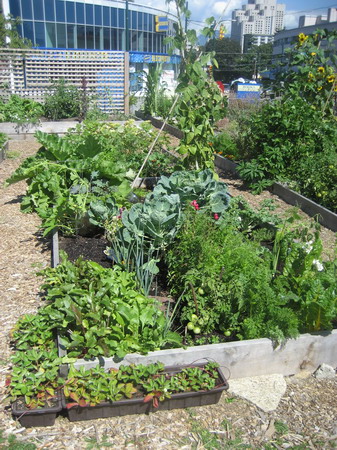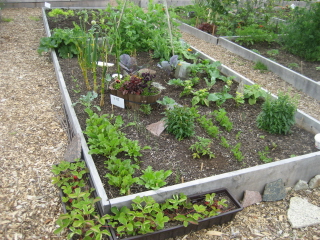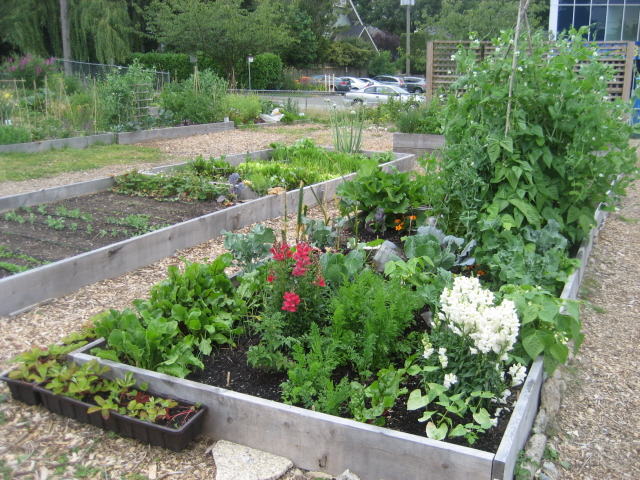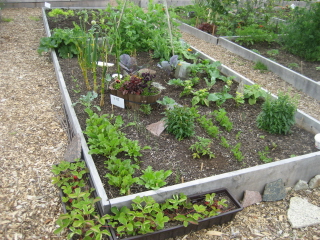Well, the gardening year is off to a stunning start in the pest and pestilence departments, and it promises to be a busy season of remedies and intervention — organic of course.
With all of the moisture and cool temperatures we’ve had, slugs are having a field day in the community garden. My plot has not been particularly hard hit relatively speaking, but the slime masters have definitely enjoyed more than their fair share of my pole and bush bean sprouts.
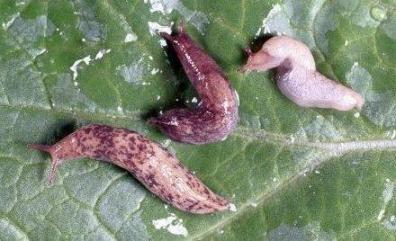 Two weekends ago before I planted my lettuce I spent a couple of hours enduring a Saturday afternoon of misty rain — getting rather damp in the process — on serious slug patrol. They definitely let their guard down in weather that any normal person would know to come indoors from.
Two weekends ago before I planted my lettuce I spent a couple of hours enduring a Saturday afternoon of misty rain — getting rather damp in the process — on serious slug patrol. They definitely let their guard down in weather that any normal person would know to come indoors from.
In some cases, the slugs were quite effective in blending in and only when I’d crouched still, thoroughly surveying a small area was I able to spot them. There were also some really big, nasty buggers (it’s okay to say that when they are, in fact, bugs).
And I noticed there is a crack between my and my neighbour’s garden plot where some of the larger ones are coming up from the depths. (Hmmm, note to self, bring salt for dropping into crack…)
To Squish or Not to Squish
On the question of preferred method of disposal, we gardeners are of differing opinions. Normally an advocate of non-violence, I chose the cut-’em-in-half method as it seemed the quickest. My mom uses the put-them-in-a-bag suffocation method. When I discussed the relative pros and cons with some of my fellow gardeners, one of them pointed out that at least suffocation is painless (loss of oxygen, falling asleep, dying) vs. the more abrupt, barbaric method I’d chosen. He has a point. Plus there’s less slime and goo to deal with. Aforementioned earlier comment aside, salt seems unusually cruel.
Organic Slug Remedies
With many other plots quite heavily affected there have been many suggestions to deal with slugs. Here are a few favourites, contributed by several garden members (the wisecracks are mine):
- Plant things slugs dislike: Ginger, garlic, mint, chives, red lettuce, red cabbage, sage, sunflower, fennel, foxglove, mint, chicory and endive seem to be less prone to slug attack. (This of course is no help if all you want to eat is tender, delicious lettuce, bok choy, and green beans.)
- Change your watering schedule: Probably one of the best ways to get rid of slugs is to water in the morning instead of the evening. Slugs have very delicate bodies that require a moist environment. They are abundant in the garden because it contains a great source of food and it is usually very moist from watering. (Well, that and we’ve had a very wet year so far.)
- The infamous beer trap: An age-old trick for controlling slugs is to use beer as a trap. Set a small amount of beer in a wide and shallow container or bowl and bury it in your garden soil, level with the ground. Slugs will crawl into the bowl and drown in the beer. (But they die happy. I tried that on a rooftop deck one year, but the slugs didn’t like the brand of beer I used. At least, that’s all I could assume since that trick didn’t work.)
- Copper wiring: Another slug control method is to attach small strips of copper around the sides of flower pots or raised beds. The copper acts as a barrier that slugs won’t cross. Make sure there aren’t any leaves or branches hanging over the side that will allow slugs to bypass the copper. (You can buy copper strips from the gardening store or finally use up that mega jar of pennies you’ve been saving for forever.)
- Lava rock: Lava rock has an abrasive surface that most slugs will avoid. (Haven’t seen any volcanoes nearby…)
- Crushed egg shells: Crushed up egg shells also have sharp edges that slugs will avoid. (I’ve tried this as a cheaper alternative than finding or buying lava rock, and thus far my salad sprouts remain uneaten.)
- Use a caffeine based spray: Spray around infected areas, especially on leaves and soil surrounding any slug delicacies. It is harmless to pets, kids and plants. It works by reducing the mollusc’s appetite; if you catch one near the plant you’ll see it doing a very unnatural u-turn of a twist to get away. (I’m guessing “caffeine based spray” could simply mean “coffee”.)
- Leave the beetles alone: Those large, black iridescent beetles you see in your garden are predators! (Which just proves once again that there is such thing as a good bug.)
And finally, my favourite, a low tech option:
“I’ve always just used a plastic lid from whatever. As long as it doesn’t let through much or any light. The dark moist environment under it is a nice place for a slug to curl up for the day. Then dispose of them as you feel most comfortable, Squish!”
Related Post: Good Bug or Bad Bug

